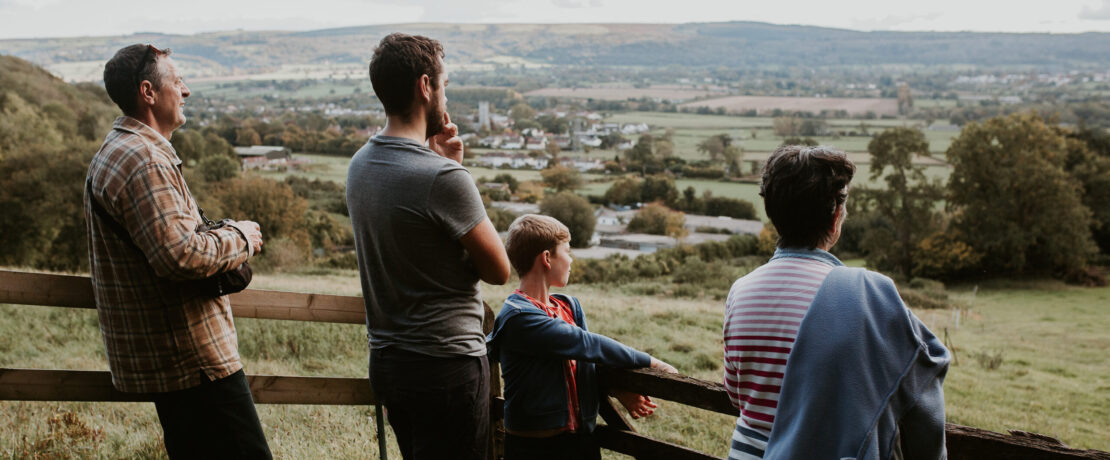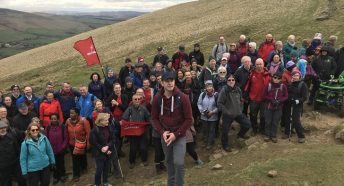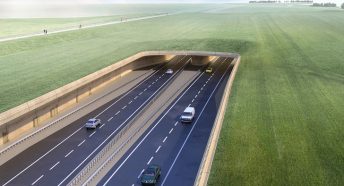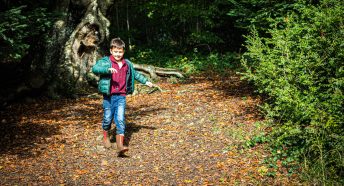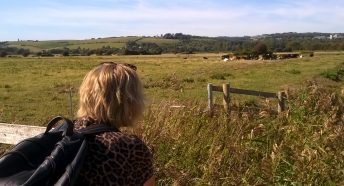Can the next government think outside the box on land use?
We plan for how we use our land in different boxes. While valiant and skilled town planners often encourage thinking more broadly, the focus of most of our Local Planning Authorities is primarily on where to put new homes.
Planning for where we put our energy infrastructure, how we plan for transport, for agricultural land use, for nature’s recovery, for tackling the climate emergency, I could go on, largely happens in different boxes, even though they are all dependent on the same footprint of land.
Land is not simply a commodity
We are asking our land – perhaps our most precious and finite resource – to work harder than ever. Whether it’s land to meet the housing crisis, to help restore nature (the government target for this alone is 30% of land), or to feed the nation, it’s clear that without careful planning we will simply run out of land. For CPRE of course, there’s another element. Land is not simply a commodity, or one factor in the classical economist’s ‘Factors of Production’, it makes up landscapes, our identity, a place to inspire and boost our wellbeing. Our countryside has a value in itself, not just in terms of what else it can deliver.
Planning how we can meet all these requirements for our land won’t happen by accident. Rather than planning in boxes, we need to think about land use planning in a much more integrated way. If we want future generations to enjoy the countryside that has given so much to us, then we need to make sure that we make the best choices for land. Joining up land use is classic CPRE territory, which is why we will be investing more work with others in the run up to our centenary to promote solutions like land use strategies that support integrated planning.
We need a more integrated framework
We’ve been advocating for a cross-departmental land use strategy for England for some time, indeed, thinking about balancing the different demands on land is part of our DNA. In 2017 we published a collection of essays, Land Lines, where several commentators including Lord Deben, Baroness Young of Old Scone, and Sir Terry Farrell explored the case for a land use strategy. Since then, others have picked up the cause, with excellent work from, among others, the Royal Society, and the Food, Farming and Countryside Commission (FFCC). And in 2022 we gave evidence to a House of Lords land use inquiry making the case for a more integrated framework to support how we think about land use.
In our oral evidence to the Lords Committee, we emphasised the need for any land use framework to take a cross-departmental approach to the development of housing, energy and infrastructure as well as farming and forestry policies outside the planning system, but also informing national, regional and local planning policy. The Royal Society report in 2020 illustrated exactly how much we are asking of our land. It highlighted that up to 4.4 million additional hectares of land (equivalent to just over a third of England’s total land area) would be needed to be set aside for food, bioenergy production and nature’s recovery as well as for built development and infrastructure.
A brownfield first approach for development
In addition, we know new housing needs to be built, but with so many other demands on land, surely this makes the case for maximising use of brownfield sites. Planning policies can make a huge difference to the amount of land we use for new housing. For example, in 2022-23 compared to 2002-3 we built around 20% more houses (just under 180,000), but used over 75% more greenfield land (3,800 hectares) to build those homes.
Twenty years ago we had stronger planning policies and national indicators aimed at getting more efficient land use for housing. We should restore these, so that it becomes more possible to get the genuinely affordable homes we need and also use undeveloped land to deliver against other multiple needs. In particular, we want to see a multifunctional approach to land around our town and cities, including those designated as Green Belt. This includes some of the most contested land in England – too often seen by politicians in terms of what it blocks, rather than what it delivers. In our climate stressed, nature depleted cities, if we didn’t have the Green Belt, surely we would want to invent it.
We want to see democracy strengthened
There are other challenges, not least in terms of how a land use strategy might work at local, regional and national levels. Recent issues such as the pollution of the River Wye and the management of wildlife sites on Dartmoor are showing the clear need for publicly accountable and agreed local land use strategies. Clearly it makes sense to think about some land use nationally, while some challenges are best considered regionally (it makes sense to think about water for example in terms of river catchments), and others best thought about locally, right down to neighbourhood planning. We want to see democracy strengthened rather than weakened with the introduction of land use strategies with more, rather than fewer, opportunities for communities to have a say.
In April last year, following the House of Lords report, the government indicated that a land use framework would be published. Nearly a year on, we’re still waiting. With an era-defining general election fast approaching, thoughts naturally turn to the next government. There’s interest from all political parties on how the idea could work and over the next year we want to explore in more detail how a land use strategy might work. Will the next government take a new approach to land use planning, and what should it look like? It’s time for new ideas about how we use our land. A more joined up approach to land use, right across government, needs to be part of the solution.
About the author
Roger Mortlock is CEO of CPRE, the countryside charity.
